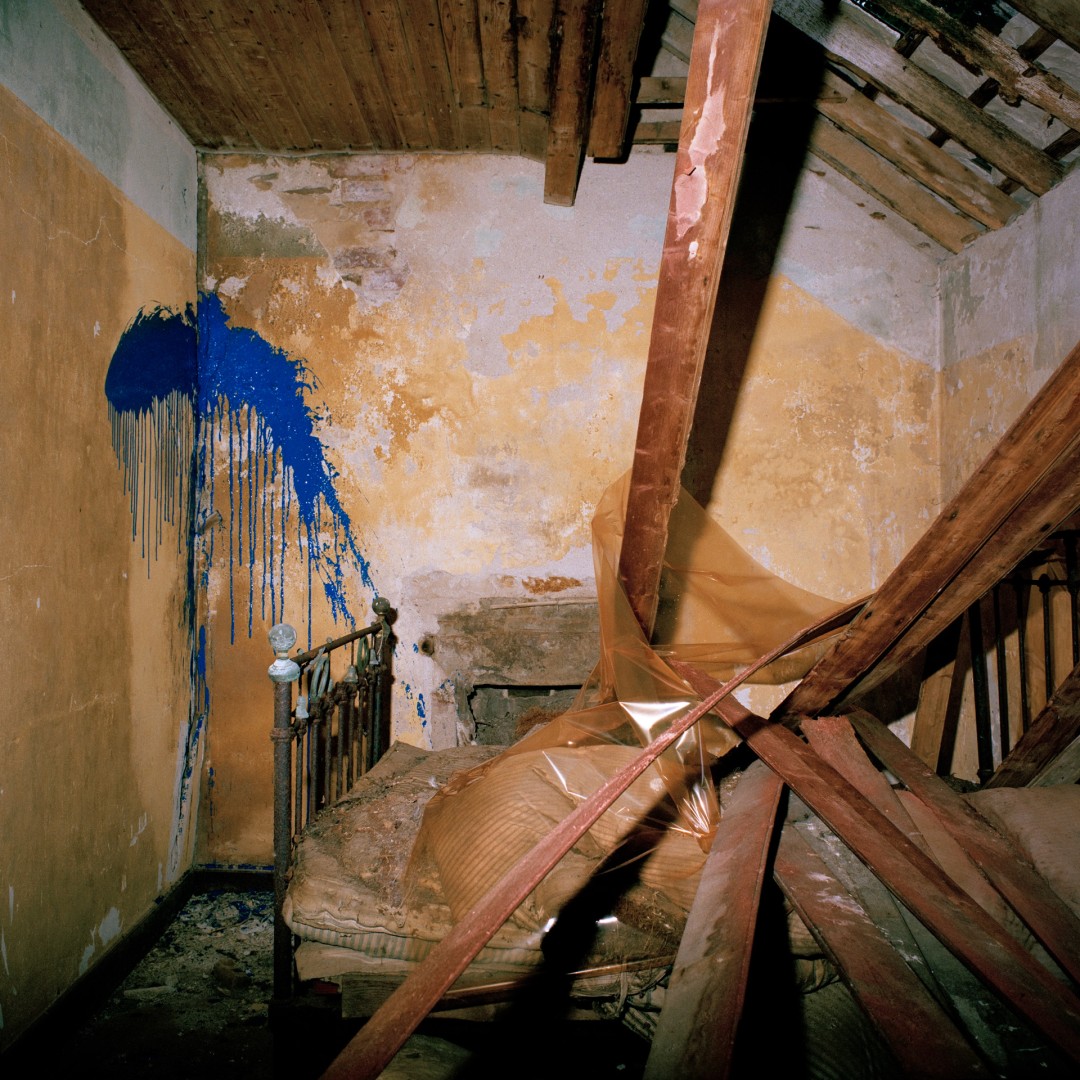Abandoned at the Martin Parr Foundation
I am pleased to be part of the upcoming exhibition in the Martin Parr Foundation, Bristol, which runs from 28th September to 22nd December.
MPF brings together the work of two photographers – Jill Quigley and Adrian Tyler – for a new exhibition exploring abandoned homes from Scotland and Ireland, as well as the household objects that lie scattered within them.
Adrian Tyler’s Dust to Dust, presents photographs depicting the interiors of deserted buildings alongside images of worn and weathered bibles. Jill Quigley presents Cottages of Quigley’s Point, photographs of her own artist interventions in abandoned houses, questioning romantic readings of the rural Irish cottage.
‘Comprised of photographs made of the interiors of deserted dwellings in The Hebrides and still lifes of disintegrating bibles he [Adrian Tyler] discovered in similar environs, the images speak to both specific lives and a general way of life that is no longer, as well as to the wider socio-economic changes that have occurred within these remote communities in recent decades. This is a region – one of the emptiest places in Europe, as Tyler notes, with less than nine people per square kilometre – where the standard of living is well below average, habitable housing is scarce, and the population continues to dwindle. The details and detritus within these pictures – the stranded furnishings, clothing, cooking implements, peeling wallpapers, decorative artworks and piles of literature – hint at the richness of experience that these walls once sheltered, and at the same time reveal the fragility of such an existence when left exposed to the elements, the economy and the passage of time.’ Aaron Schuman
‘Jill Quigley’s Cottages of Quigley’s Point similarly explores numerous rural dwellings in a state of ruin – in this case, those situated near her childhood home in Donegal, Ireland – but does so not only through precise observation, but also by incorporating strategies of intervention, reinvention and reimagination as well. Rather than viewing these interiors as artefacts that contain purely nostalgic or romantic associations with the past, she gleefully embraces their redundant nature, seeing within it the potential to freely and actively engage in her own creativity, whilst still remaining in dialogue with the local history and heritage they represent.’ – Aaron Schuman
